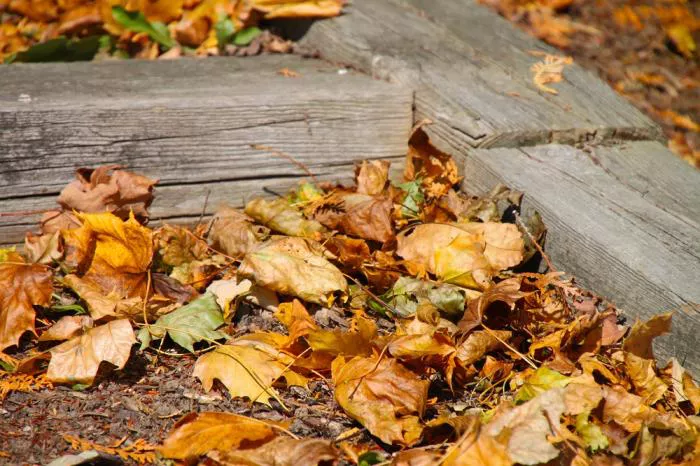As autumn arrives, so does the annual debate over fallen leaves—should we rake or let them lie? The “Leave the Leaves” movement urges homeowners to skip bagging and instead allow leaves to decompose naturally, enriching soil and sheltering pollinators. But is this approach right for every yard? Experts weigh in on how to balance sustainability with practicality—without sacrificing lawn health or safety. Discover the pros, cons, and smart strategies for handling nature’s seasonal gift.
Experts Weigh In on the Benefits and Considerations
A growing environmental movement is encouraging homeowners to rethink their autumn yard cleanup routines. The “Leave the Leaves” initiative, which has gained traction in recent years, advocates for allowing fallen leaves to decompose naturally rather than bagging them for disposal.
Proponents argue that this approach reduces landfill waste while creating nutrient-rich organic matter that enriches soil and provides shelter for pollinators and beneficial insects during winter. When managed properly, this practice can turn yard waste into free, natural fertilizer—benefiting plants, ecosystems, and household budgets alike.
Key Considerations Before Leaving Leaves
However, experts caution that not all leaves should remain untouched. Whole leaves left on walkways can become slippery hazards, while thick layers on lawns may trap moisture and promote fungal diseases. The best approach, according to horticulturists, is to shred excess leaves with a mower and spread them lightly over garden beds or compost piles.
For those concerned about aesthetics or lawn health, a balanced strategy—leaving some leaves in designated areas while clearing high-traffic zones—may offer the best of both worlds. As the movement grows, many gardeners are discovering that a mindful approach to leaf management can support both biodiversity and a tidy yard.

